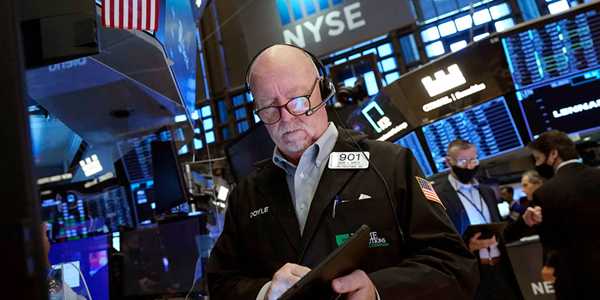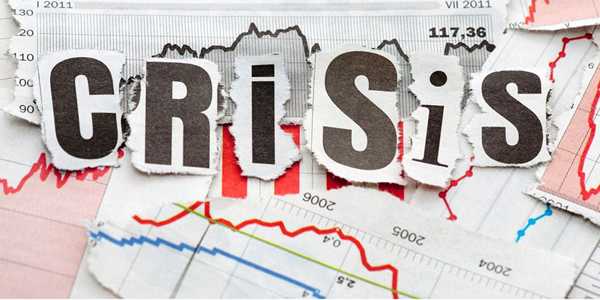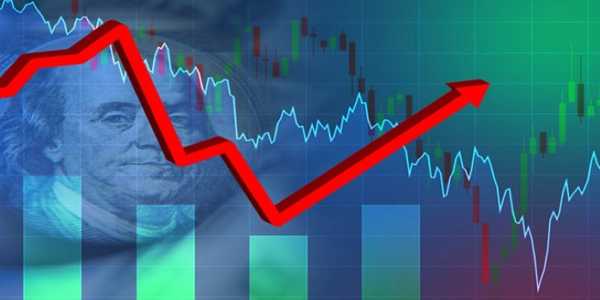When To Expect The Next Big Market Correction
The stock market is often a rollercoaster, with highs that thrill investors and lows that leave everyone queasy. As much as we might hope for smooth sailing, market corrections are inevitable when investing. They happen when the market drops by 10% or more from its recent high. For investors, understanding when to expect the following significant correction can be crucial for making informed decisions. However, predicting the exact timing of these events is relatively easy. Still, we can look at some indicators and trends to gauge when a correction might happen.

Market Cycles And Corrections
Before examining when the following correction might occur, it's essential to understand the market's natural cycles. Markets don't move in a straight line; they go through cycles of growth (bull markets) and decline (bear markets). A bull market can last for years, with stocks generally rising in value. However, these periods are usually followed by corrections or even full-blown bear markets, where stock prices fall significantly.
A correction is different from a bear market. While a correction is a short-term drop of 10% or more, a bear market is more prolonged and involves a decline of 20% or more. Corrections usually occur more often, often prompting investors to re-evaluate their portfolios.
Current Market Conditions
It's helpful to examine the current market state to determine when the following correction might occur. As of 2024, the global economy has faced various challenges, from inflationary pressures to geopolitical tensions and shifts in central bank policies. These factors can increase market volatility, making a correction more likely.
Inflation: Inflation has been a significant concern, with central banks worldwide raising interest rates to combat rising prices. Higher interest rates can lead to higher company borrowing costs, potentially slowing economic growth and lowering corporate earnings. This scenario can create conditions ripe for a market correction.
Geopolitical Tensions: Ongoing geopolitical issues, such as conflicts in different parts of the world, can also impact markets. Uncertainty in global politics can lead to investor anxiety, causing sell-offs and increasing the likelihood of a correction.
Market Valuations: The stock market's current valuation is another factor to consider. When stocks are trading at high valuations relative to their earnings, it can indicate that the market is overheated. An overheated market is more susceptible to a correction, as investors may start to take profits, leading to a downward spiral.
Historical Patterns
While no one can predict the future with certainty, looking at historical patterns can offer some clues. Historically, corrections occur about once every couple of years. However, the exact timing varies widely. For example, after the 2008 financial crisis, the market experienced a significant correction in 2011.

What's interesting about these historical corrections is that they were often preceded by a period of rapid market gains. When the market climbs too quickly, it can create a bubble, which eventually bursts, leading to a correction. While the past doesn't always repeat, these patterns are worth considering.
Signs That a Correction May Be Near
Several signs can indicate that a market correction is on the way:
Rapid Market Gains: As mentioned earlier, when the market rises too quickly, it can be a sign that a correction is coming. It might be time to brace for a pullback if stock prices are climbing unsustainable.
Increased Volatility: Volatility refers to how much the price of stocks fluctuates. An increase in volatility can be a warning sign of a coming correction. If the market swings wildly daily, it could indicate that investor confidence is shaky, which might lead to a sell-off.
Declining Corporate Earnings: If companies start reporting lower-than-expected earnings, investors may reassess the value of their stocks. A string of disappointing earnings reports can trigger a market correction as investors sell off stocks they believe are overvalued.
Rising Interest Rates: Central banks often raise interest rates to combat inflation, but higher rates can slow economic growth. If interest rates rise too quickly, it could lead to a correction as investors worry about the impact on corporate profits and overall economic activity.
What Investors Can Do
Although it's impossible to predict the market with complete accuracy, you can take measures to prepare for a possible correction.
Diversify Your Portfolio: A well-diversified portfolio can help cushion the blow of a market correction. You can reduce your overall risk by spreading your investments across different asset classes, such as stocks, bonds, and real estate.
Keep an Eye on Valuations: Pay attention to the valuation of the stocks in your portfolio. It takes some profits or rebalances your portfolio if they seem overpriced.
Have a Long-Term Perspective: Corrections are a normal part of the market cycle. While they can be painful in the short term, they often present opportunities for long-term investors. If you have a long-term investment horizon, staying focused on your goals is essential rather than getting caught up in short-term market movements.
How Long Do Corrections Last?
One of investors' most pressing questions during a correction is, "How long will this last?" The good news is that most corrections are relatively short-lived. On average, market corrections last about three to four months, although some can be shorter or longer depending on the underlying causes.
Corrections are typically followed by a recovery period, during which the market starts to climb again. This recovery can take some time, but the market has historically rewarded patience for investors who stay the course.
Conclusion
Market corrections can be unnerving, but they're also a natural part of investing. While it's impossible to predict precisely when the following significant correction will occur, keeping an eye on market conditions, historical patterns, and potential warning signs can help you prepare. Remember, the key to weathering a correction is to stay calm, stay diversified, and keep a long-term perspective. By doing so, you'll be better equipped to navigate the ups and downs of the market and make the most of the opportunities that come your way.





